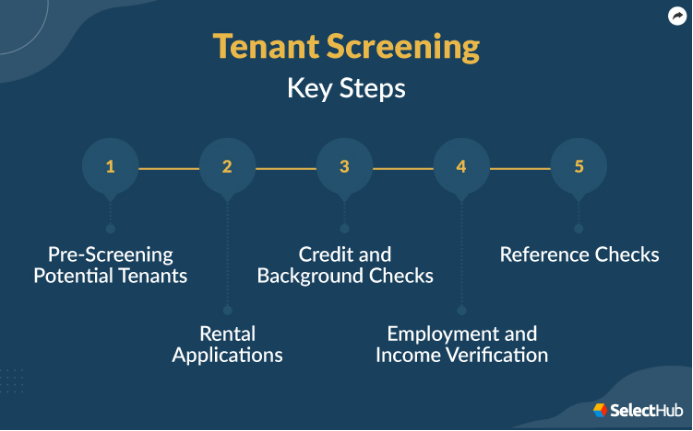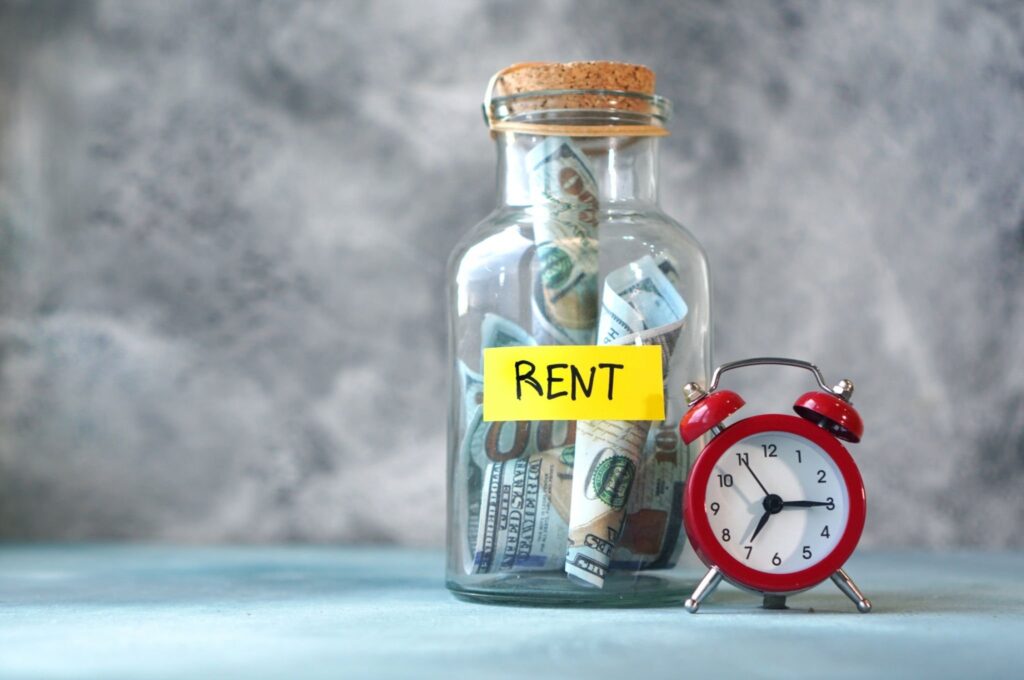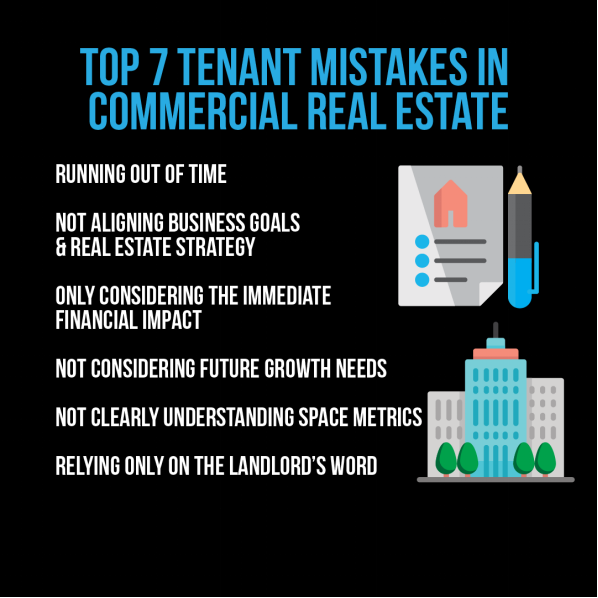Triagem e gerenciamento de inquilinos
Principais objetivos de aprendizagem:
Introdução: Delving into the realm of tenant screening and management, we recognize its significance in maintaining the value and profitability of rental properties. From the meticulous process of tenant evaluation to the formulation of comprehensive lease agreements and rent collection systems, this section elaborates on the pillars of managing tenancies effectively.
- Understanding Tenant Screening: Recognize the step-by-step process of vetting potential tenants. Learn how vital elements such as rental applications, credit checks, income verification, rental history, and criminal background checks weave together to form a thorough tenant evaluation.
- Lease Agreements & Rent Collection: Discover the components of an effective lease agreement that protects both landlord and tenant. Gain insights into the nuances of rent collection, including setting up payment systems and managing potential late payments.
- Optimal Tenant Management: Understand the symbiotic relationship between landlords and tenants. Learn the importance of open communication, clarity in expectations, and swift resolution of issues.
Tenant screening and management is a critical part of property management, as it involves finding and retaining quality tenants who will pay rent on time, take care of the property, and abide by the terms of the lease agreement. This section will discuss the process of screening prospective tenants, the key aspects of lease agreements, and rent collection.
A. Screening Prospective Tenants

Figura: This infographic provides practical advice on how to find awesome tenants for rental properties. It suggests posting the rental on websites, social media, and platforms like Craigslist to maximize exposure and attract a large pool of potential tenants. The steps include scheduling phone interviews to get to know the applicants, checking their social media profiles for any red flags, contacting current and past landlords for references, and arranging face-to-face meetings to ask questions and listen to the applicants. This information is invaluable for landlords and property managers, offering a structured approach to selecting reliable and suitable tenants.
Fonte: Infográfico personalizado

Título da figura: Tenant Screening Process
Fonte: SelectHub
The process of screening prospective tenants involves verifying their rental history, credit score, income, and criminal background to ensure that they are a good fit for your property.
Some common steps in the tenant screening process include:
- Requiring a rental application: This should include information about the tenant’s employment, income, and rental history, as well as personal references.
- Conducting a credit check: A credit check can help you determine if a tenant has a history of late payments or outstanding debts.
- Verifying income: This can involve requesting pay stubs or other documentation to ensure that the tenant can afford the rent.
- Checking rental history: Contacting previous landlords can help you determine if the tenant has a history of late payments, property damage, or evictions.
- Conducting a criminal background check: This can help you ensure that the tenant does not have a history of criminal activity that could put your property or other tenants at risk.
B. Lease Agreements and Rent Collection

Título da figura: Rent Money for Rental Concept
Fonte: iStock:
Lease Agreements
Once you’ve selected a tenant, it’s important to have a clear and comprehensive lease agreement that outlines the terms and expectations for the tenancy. Some key elements of a lease agreement include:
- Rental amount and due date: This should clearly state how much rent is due each month and when it is due.
- Lease term: This should specify the start and end date of the lease, as well as any renewal options.
- Security deposit: This should outline the amount of the security deposit and how it will be handled at the end of the lease.
- Maintenance responsibilities: This should specify which party is responsible for maintaining and repairing the property.
- Pet policies: This should outline any rules or restrictions related to pets on the property.
Rent Collection
Once the lease agreement is in place, it’s important to have a system in place for rent collection. This can involve setting up automatic payments or providing tenants with clear instructions on how to pay rent each month. It’s also important to have a plan in place for handling late payments or non-payment, such as late fees or legal action if necessary.
Figura: This infographic highlights the “Top 7 Tenant Mistakes in Commercial Real Estate,” offering valuable insights for businesses and individuals navigating the commercial real estate market. It covers common pitfalls such as running out of time, not aligning business goals with real estate strategy, only considering the immediate financial impact, neglecting future growth needs, misunderstanding space metrics, and relying solely on the landlord’s word. This information is crucial for tenants to make informed decisions and avoid common errors that can impact their commercial real estate ventures.
Fonte: Infográfico personalizado
In conclusion, tenant screening and management is a critical part of property management that involves finding and retaining quality tenants who will take care of the property and pay rent on time. The process of screening prospective tenants involves verifying their rental history, credit score, income, and criminal background, while lease agreements and rent collection involve setting clear expectations and systems for managing the tenancy. By taking a proactive approach to tenant screening and management, you can maximize the value of your rental property and ensure a successful and profitable investment.

Principais vantagens:
Declaração de encerramento: The journey of successful property management begins with meticulous tenant screening:
- Tenant Screening: This pivotal process acts as a filter, ensuring only qualified tenants occupy your property. A thorough screening process, including credit and background checks, not only minimizes potential conflicts but also ensures the preservation of your property’s value.
- Lease Agreements: Beyond just a formal document, a lease agreement sets the stage for the entire landlord-tenant relationship. It’s essential to ensure it’s comprehensive, covering terms ranging from rent specifics to pet policies.
- Rent Collection: A systematic approach to rent collection, encompassing both the mode of payment and contingencies for late or missed payments, ensures steady income from the property.
- Tenant Management: This is not a one-time event but an ongoing relationship. Regular communication, transparency in expectations, and prompt problem resolution make for a harmonious and profitable landlord-tenant dynamic.
In essence, tenant screening and management serve as the bedrock of successful property management. By instituting rigorous screening processes and clear agreements, landlords can foster positive relationships with their tenants, ensuring a rewarding experience for all parties involved.

